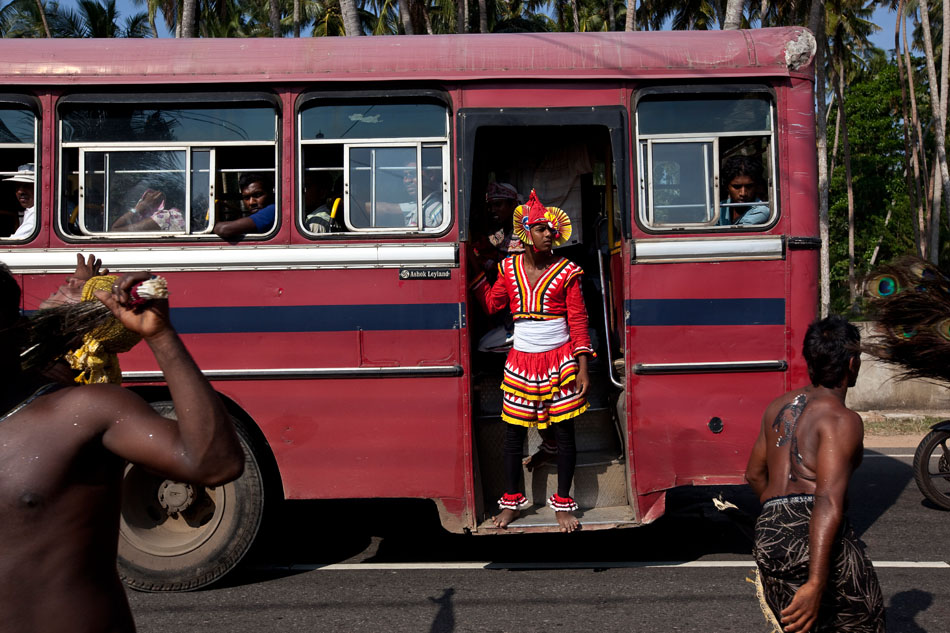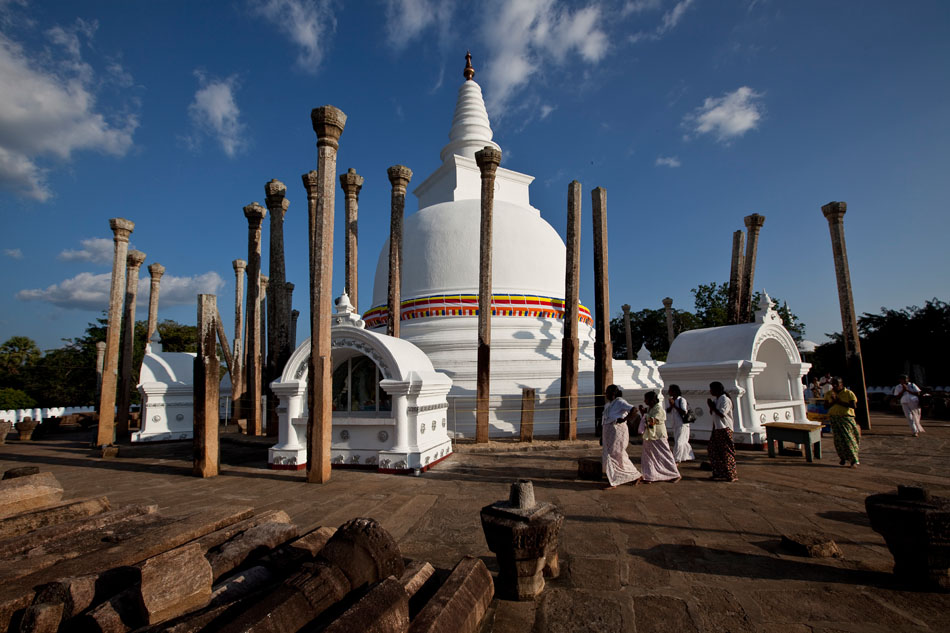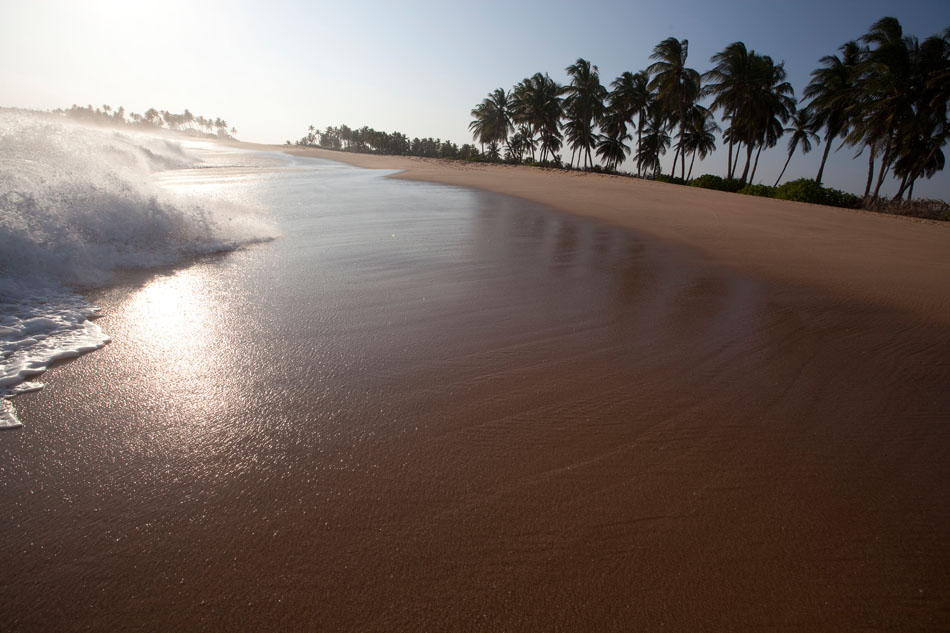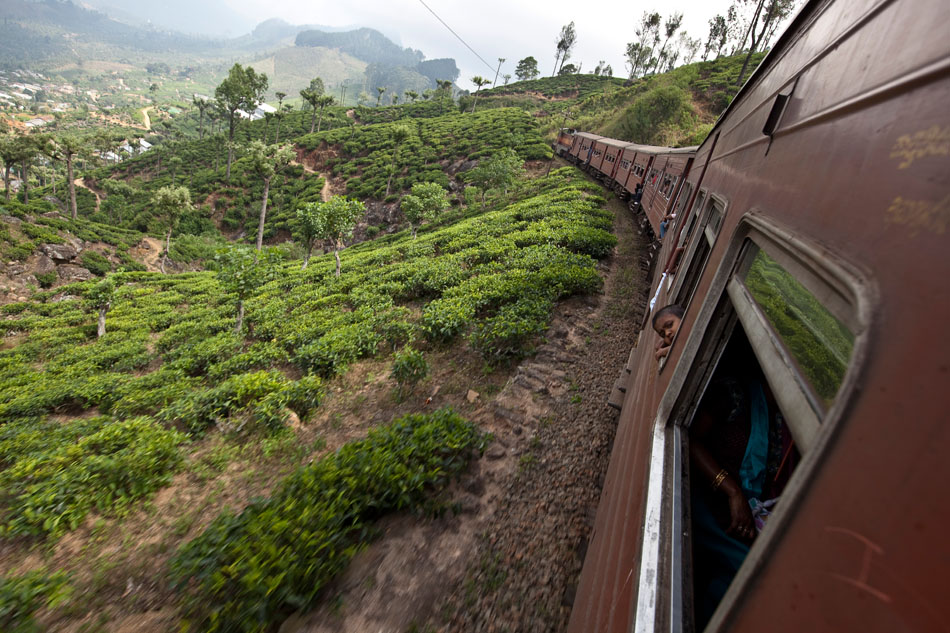Mar 28, 2011 | Music, Travel

On my way out of Indonesia I really had no desire to stop through Jakarta again. I enjoyed my first two days there, but didn’t see any reason to submit myself to another round of the same daunting traffic and urban sprawl that I consistently get in China. However, after promises of hardcore madness by Fadhila Jayamahendra (aka Aca), the lead singer of Straight Answer, I decided to stay over one more night before heading on to Cambodia. I did not regret it. During my last night in Indonesia I witnessed one of the most frenzied audience responses to a live performance ever. Once Straight Answer broke into their first song, there was no holding back. Everyone charged the stage to try to get a piece of the action. As you can see in the video, I am getting thrown back and forth within the crowd. Also, the temperature of the room rose so quickly from the body heat that my lens fogged over – it was absolutely crazy. Straight Answer has been around since 1996 and is a staple of the Jakarta hardcore scene. There is an extended interview with Aca after some short concert clips. I am still putting together the rest of the Indonesian hardcore material so stay tuned – more to come.
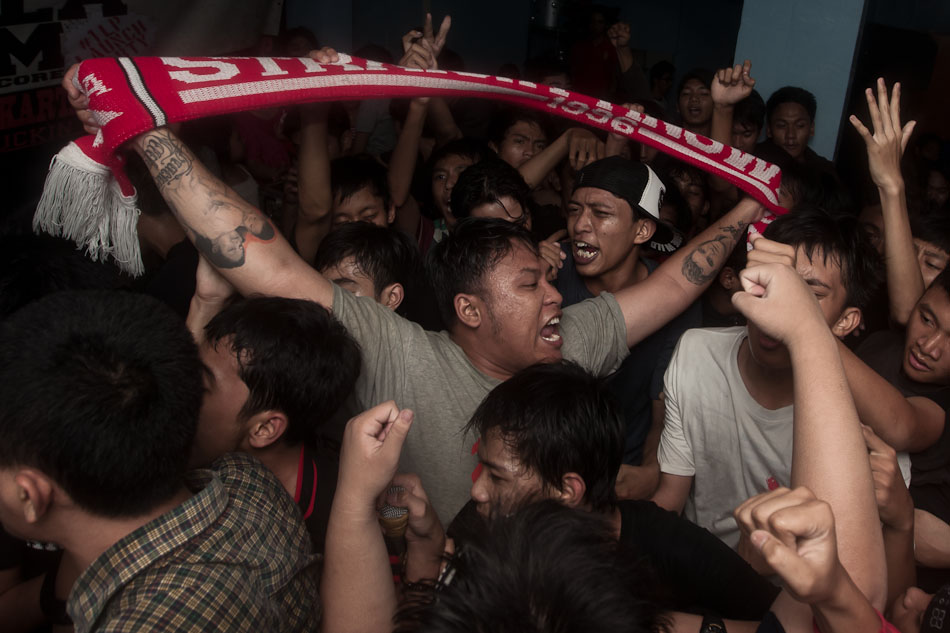

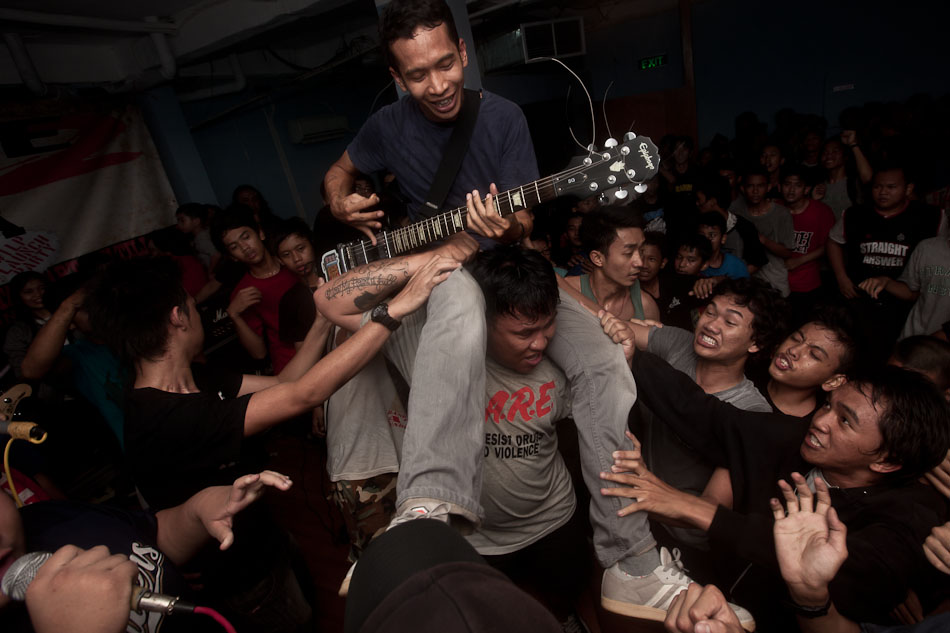
Dec 3, 2010 | Art, Travel
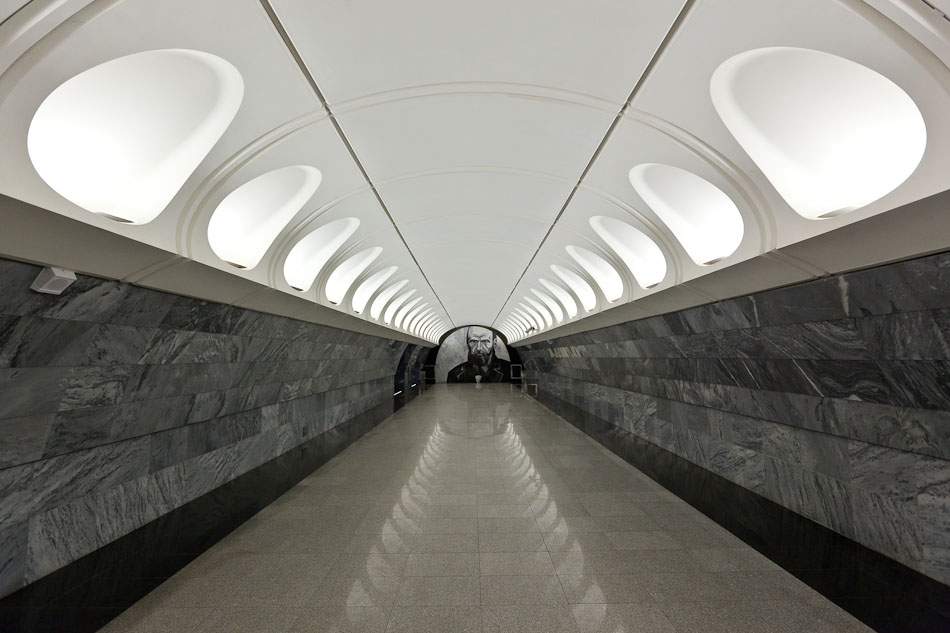
Moscow bears the historical stigma of a brooding city fringed with murder, corruption and greed. Now these grim trappings of the Russian psyche have found a home underground. The Dostoevskaya Moscow Metro station, named in honor of Russia’s dark prince of literature, delves into the most gruesome nooks of Dostoevsky’s oeuvre. The graphic nature of the murals even went so far as to delay its opening earlier this year. A prominent Russian psychologist, Mikhail Vinogradov, declared before the unveiling, “The deliberate dramatism will create a certain negative atmosphere and attract people with an unnatural psyche.” There is no doubt that death hangs heavy over the polished marble of Dostoevskaya with depictions of Raskolnikov wielding an ax against an elderly pawnbroker and her sister from Crime and Punishment and the suicide-obsessed Kirillov holding a gun to his head from The Demons. Concerned Muscovites fear the station might become a magnet for those contemplating suicide, adding to the almost eighty committed on a yearly basis in the Moscow Metro. However, after my own visit, I felt such concerns are unwarranted. The entire station inspired a sense of reverence and awe. I felt like I was meandering through a church instead of a public transportation hub. The aura of Dostoevskaya was only punctured when a train screeched into the station and let off another teeming load of commuters. The artist behind the murals, Ivan Nikolayev, remains rightfully unapologetic, “What did you want? Scenes of dancing? Dostoevsky doesn’t have them.”
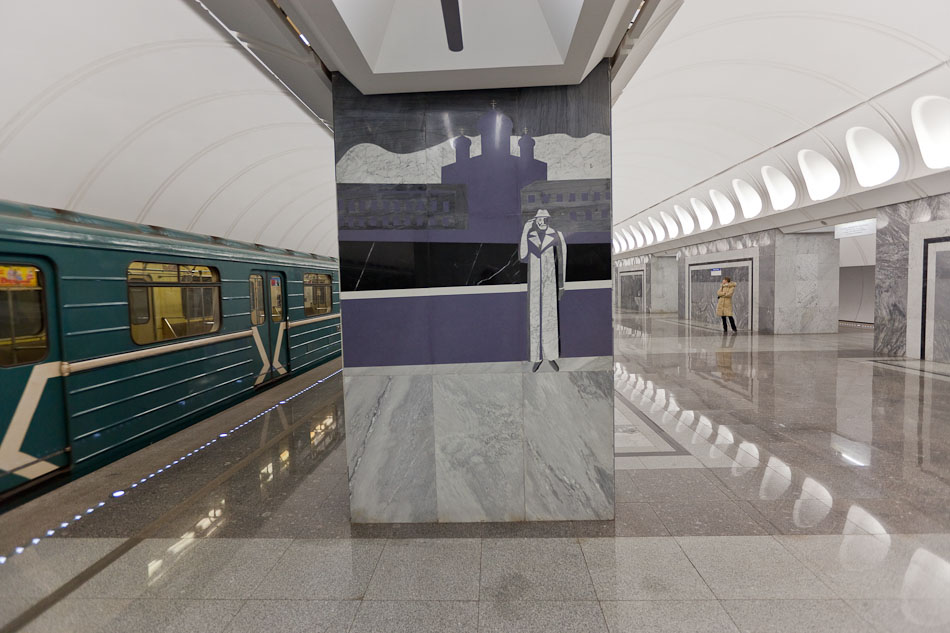
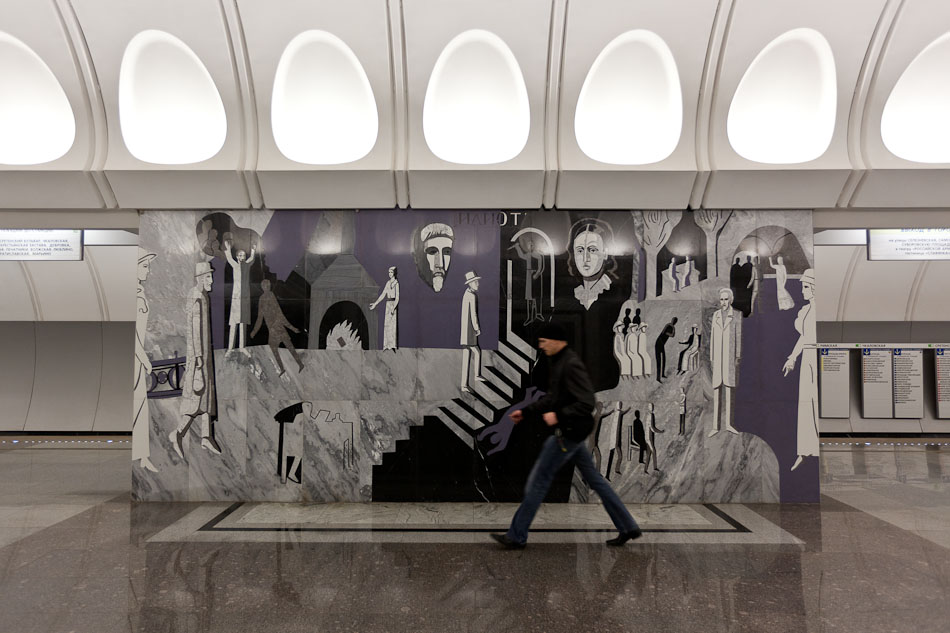

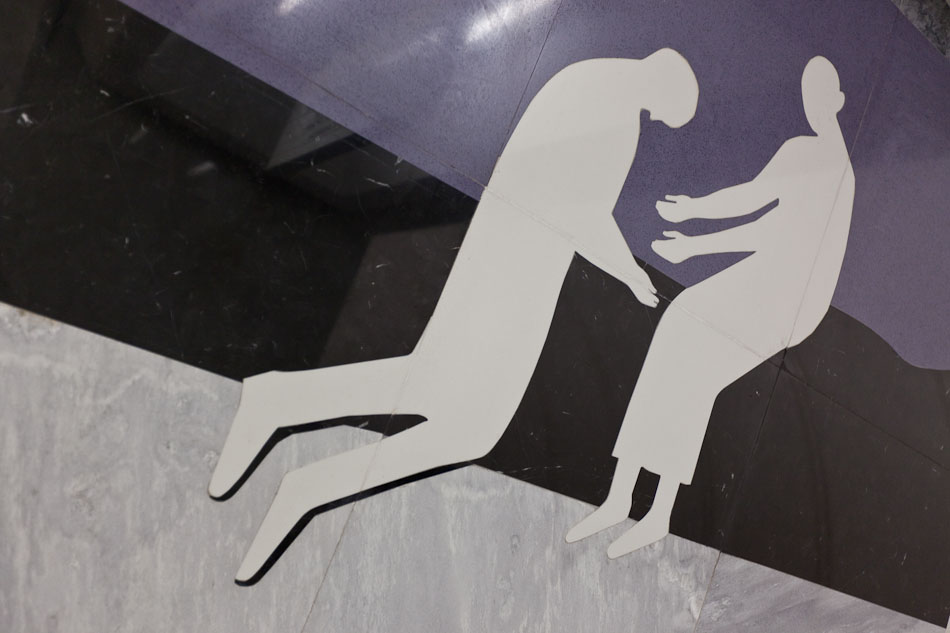
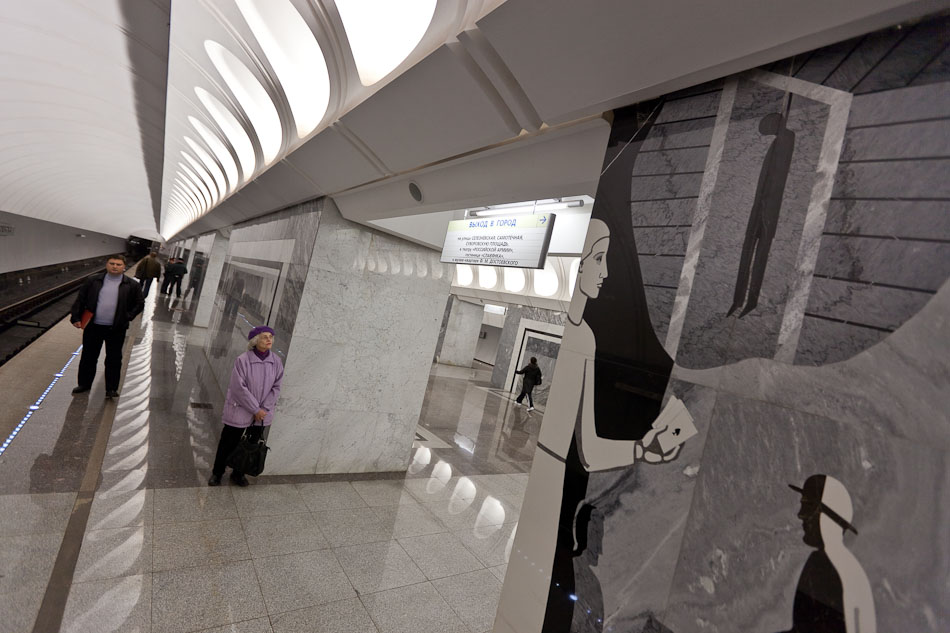
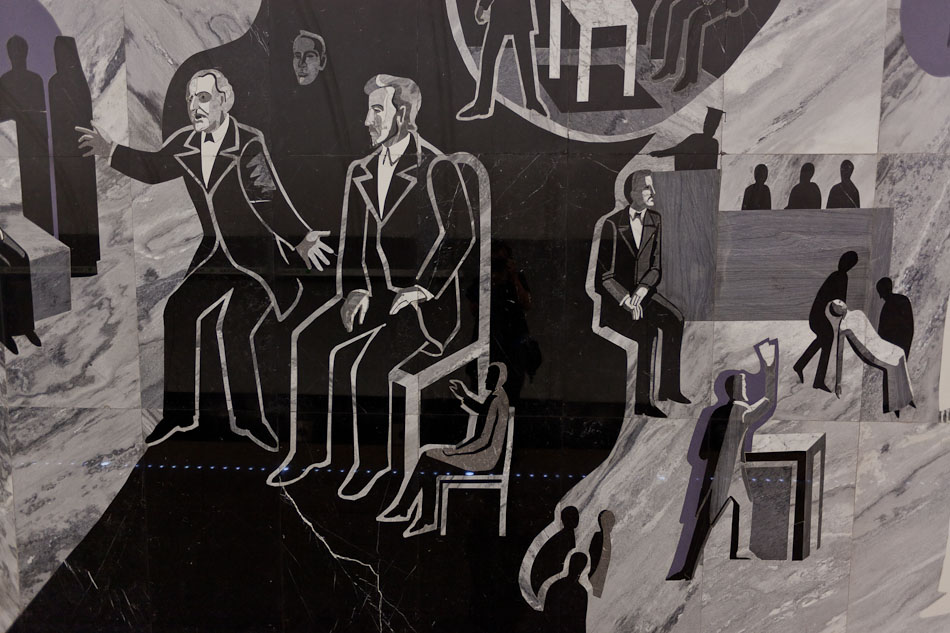
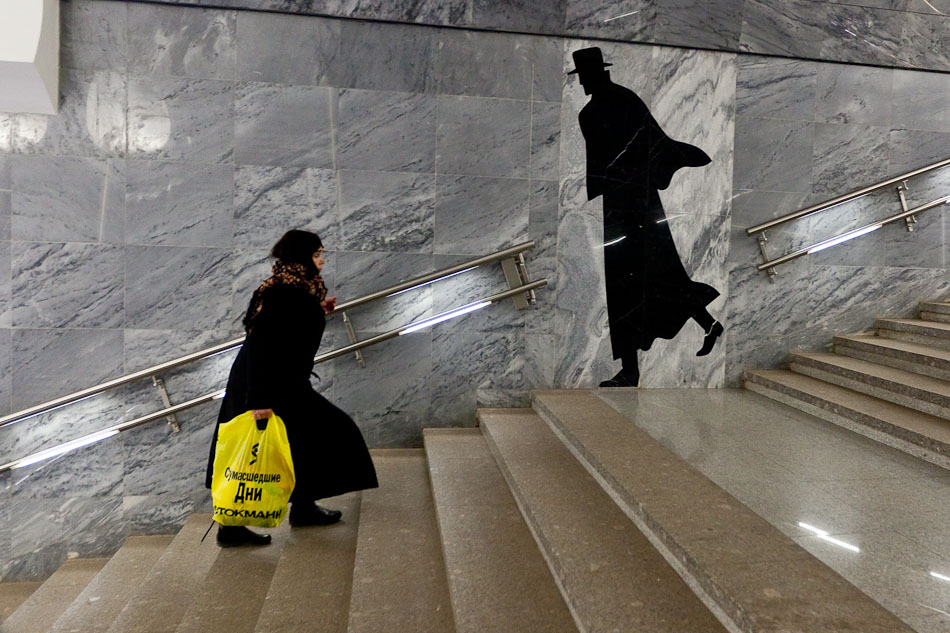
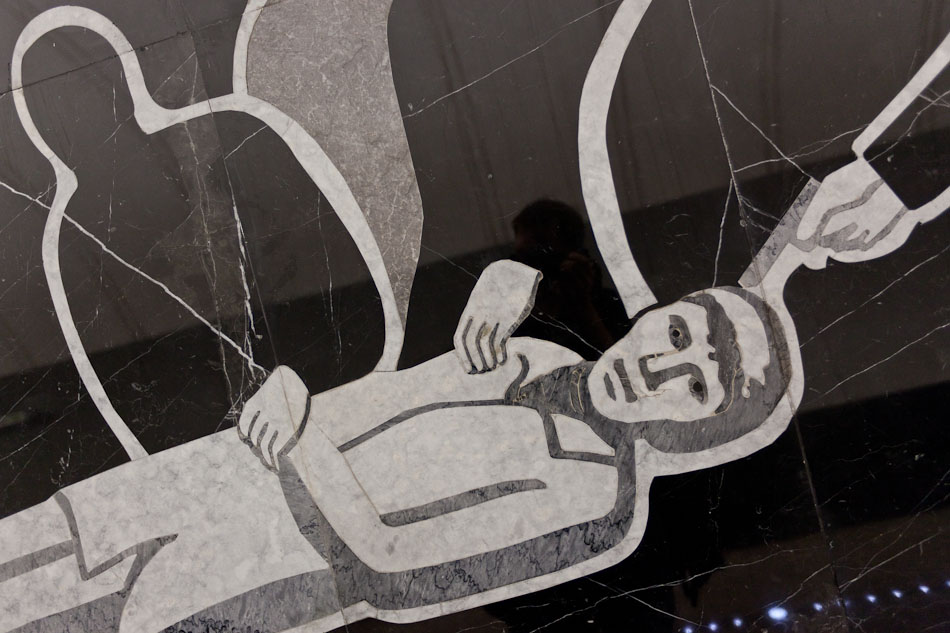
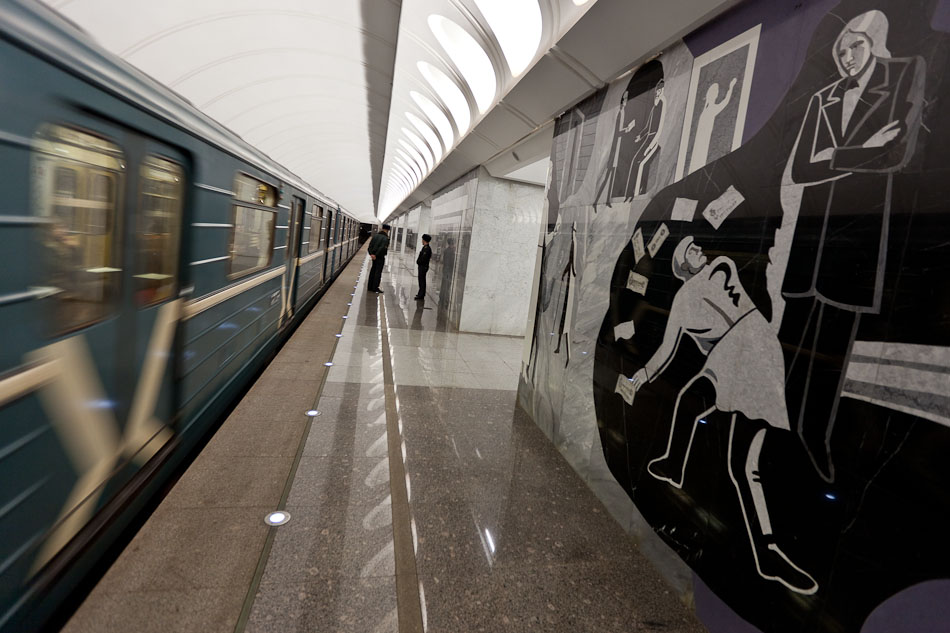
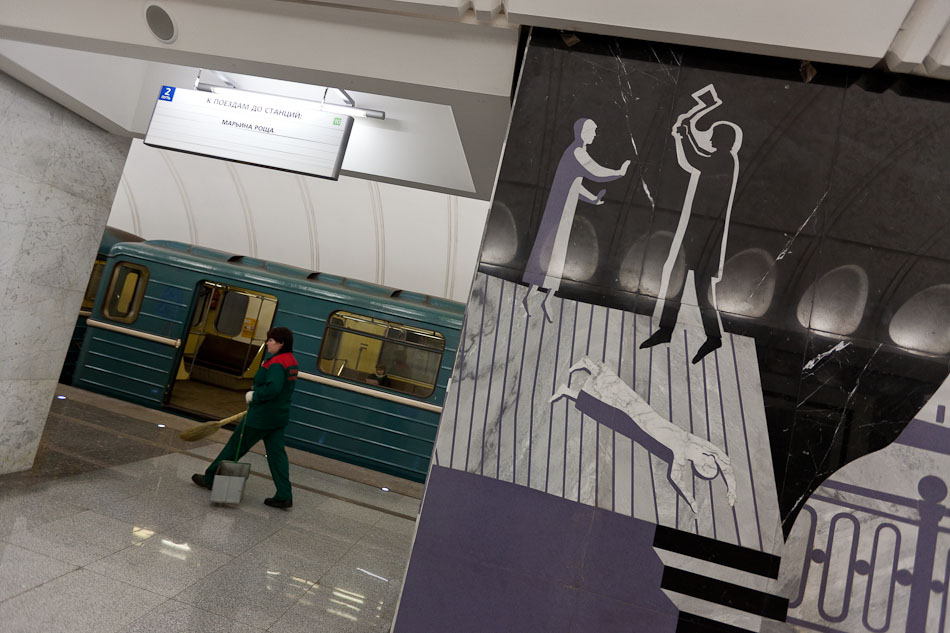
Nov 28, 2010 | Art, Travel
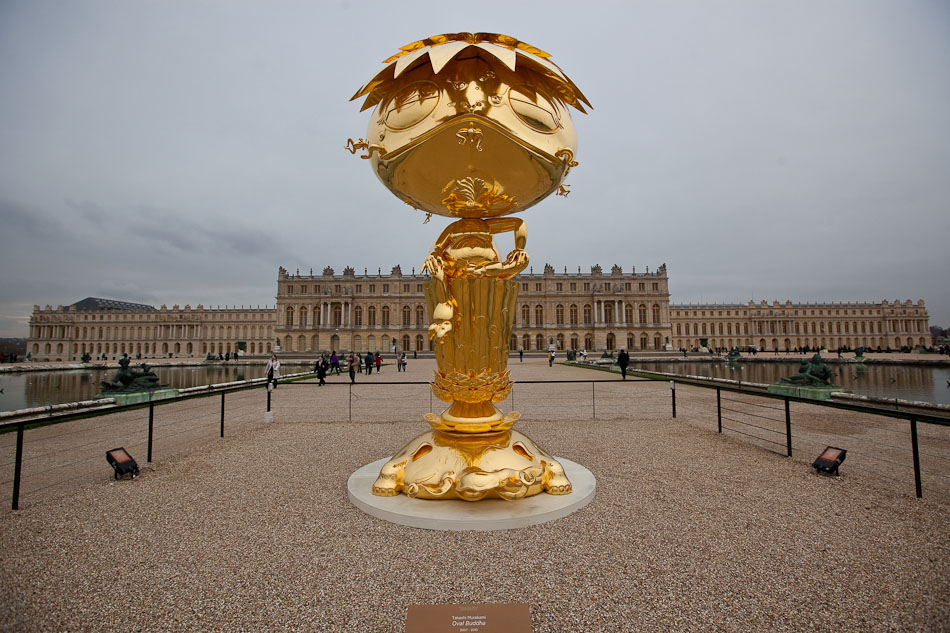
There was a spot of bother in France these past few months when Murakami took over the ornate halls and salons of Versailles with his superflat sculptures. Apparently his playful and questionably subversive installations did not go over well with a handful of descendants of Louis XIV and other royalists who consider the UNESCO World Heritage estate sacrosanct (check The Economist, The Art Newspaper and Culture Kiosque). This isn’t the first time that a contemporary art exhibit at Versailles has been called into question either. Jeff Koons’ giant lobster was met with similar grumblings in 2008. Laurent Le Bon, the curator of the show, seemed very conscious of the foregoing dissent and wrote an almost apologetic introduction to the exhibit. He tries to separate himself from the “clashes” of historical heritage and contemporary work presented at other cultural institutions. Instead he claims Murakami’s fantasy world compliments the paradise created at Versailles and allows the viewer to reassess the nature of its baroque trappings. Murakami himself implores visitors to let down their guard and take on an impish persona for the exhibit: “I am The Cheshire Cat who greets Alice in Wonderland and chatters on as she wanders around the Chateau. With my playful smile, I invite you all to the Wonderland of Versailles.” In my humble opinion, I thought the overall effect was fabulous. I know it was my first visit to Versailles, an overwhelming place in and of itself, but seeing Murakami’s hyper colorful and surreal sculptures placed amidst the intricately painted ceilings and molded walls of Versailles bowled me over. Aside from the forceful visceral nature of the exhibition, I feel that the impetus behind Murakami’s art and Versailles are very much the same. At the heart of both is a drive to cater to the most elaborate and luxurious sentiments of their respective eras. Although the aesthetics of opulence from 17th century France and 21st century Japan differ mightily, Murakami and the legendary team of artists behind Versailles created some of the most grand, over-the-top, pop imagery of their times. No matter what, the controversy behind the “clash” or “harmony” of the Murakami Versailles exhibit will continue to drive up ticket sales before it closes on December 14.
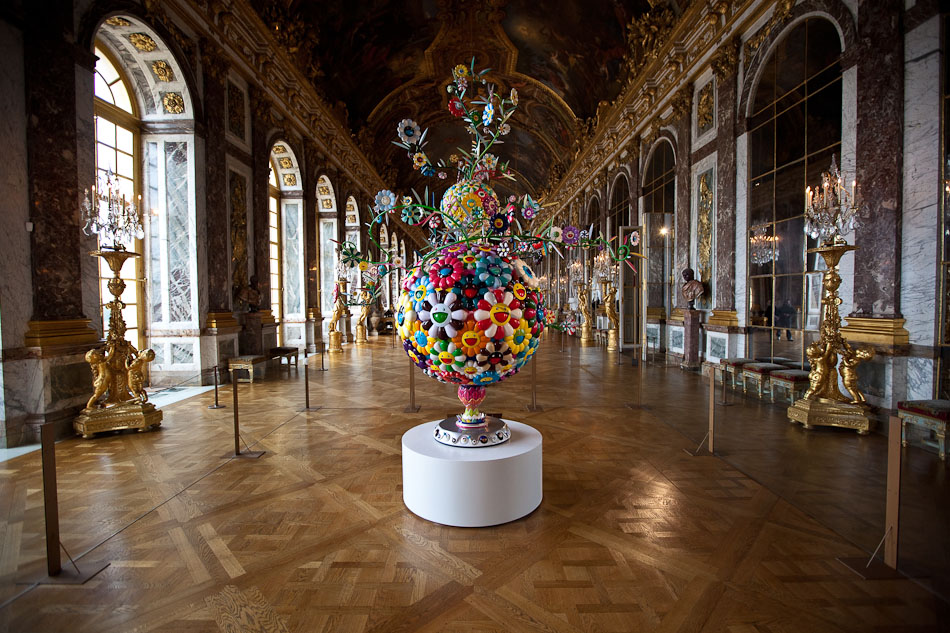
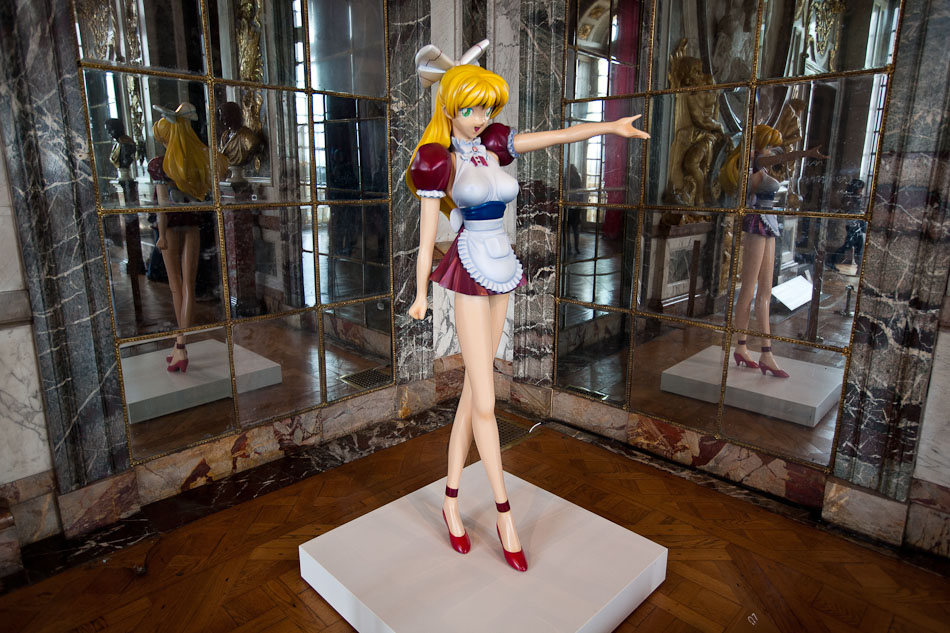
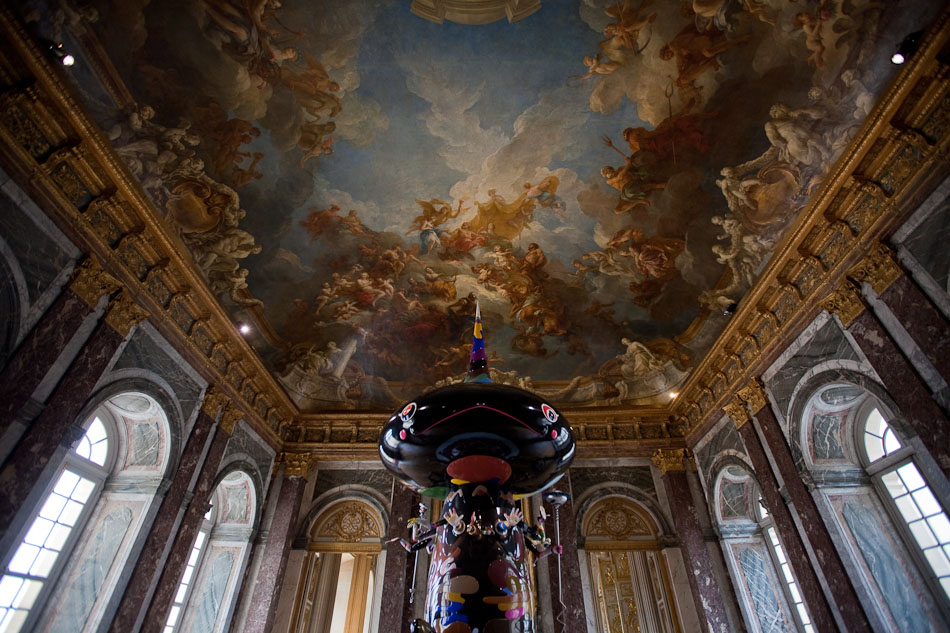
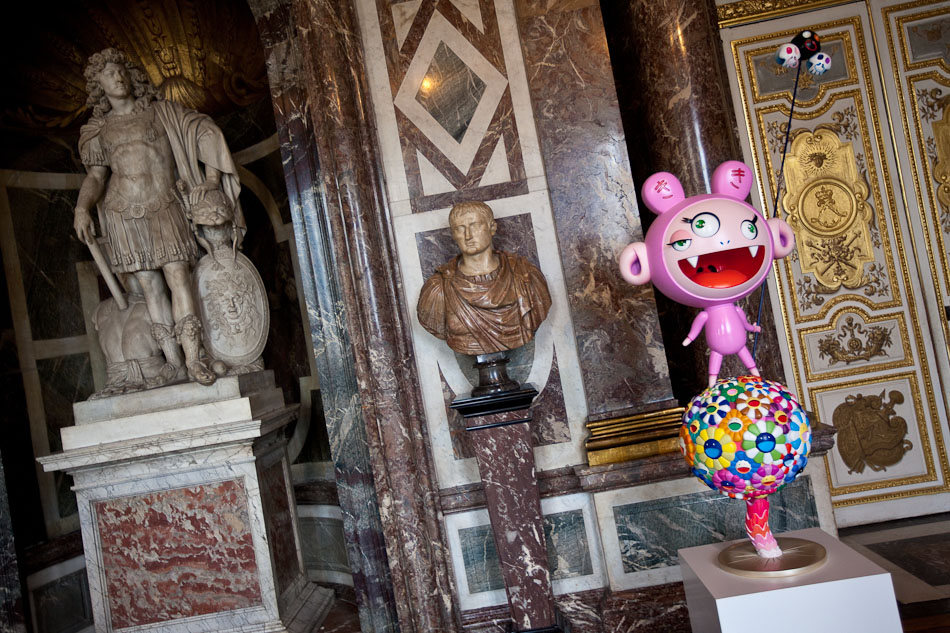

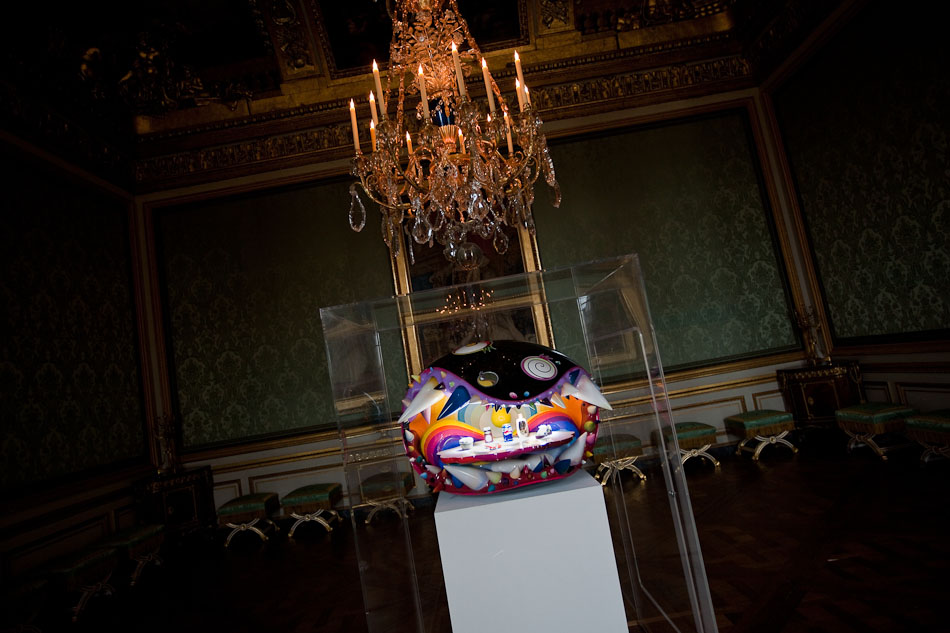
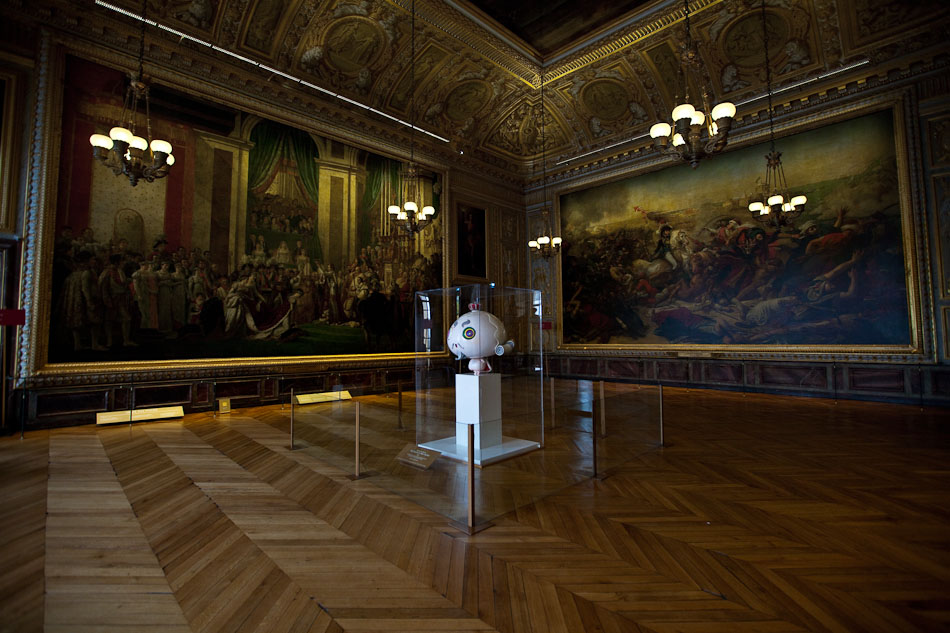
Jul 11, 2010 | Architecture, Travel
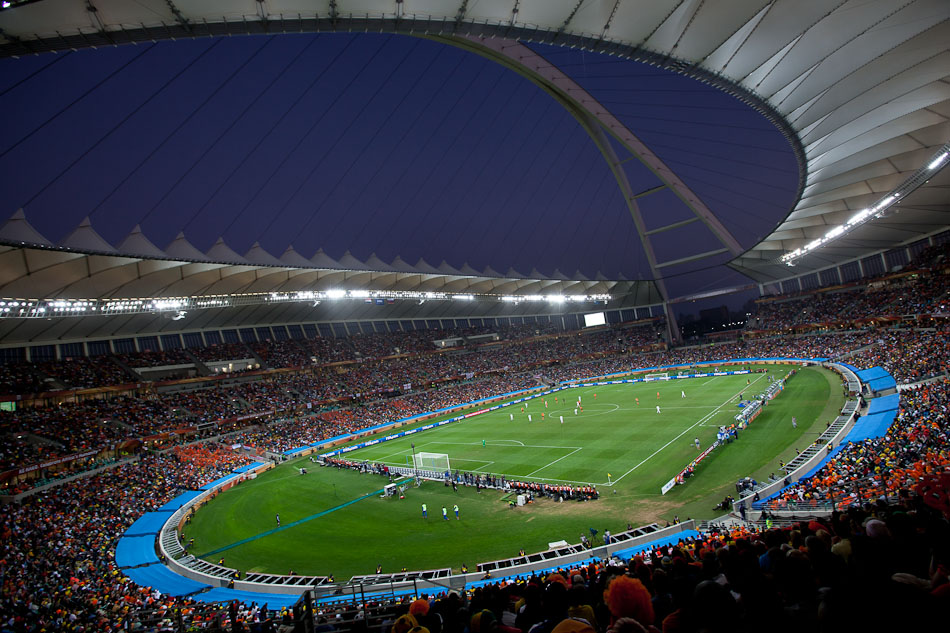
First of all, congratulations to South Africa for hosting such an amazing World Cup. I think they did an exemplary job in the face of many obstacles and managed to pull off one of the most successful World Cups of all time. One of the host nation’s greatest assets was definitely the stadiums. The exterior of Soccer City in Johannesburg and Green Point Stadium in Cape Town were incredible, but the Moses Mabhida Stadium in Durban with it’s giant arch extending over the field proved to be the clear winner. Attached are a few of my favorite architectural shots from World Cup 2010 in South Africa.
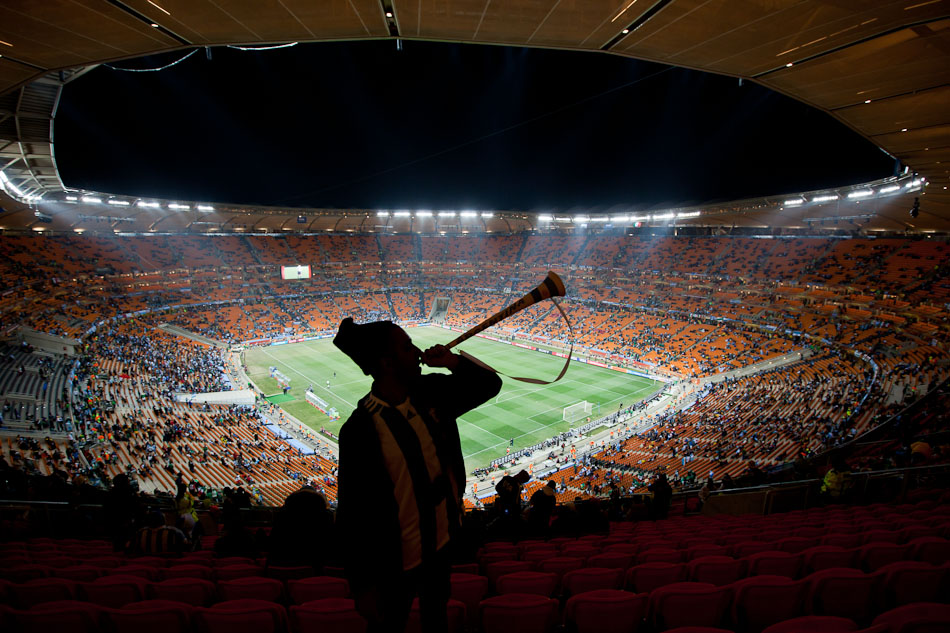

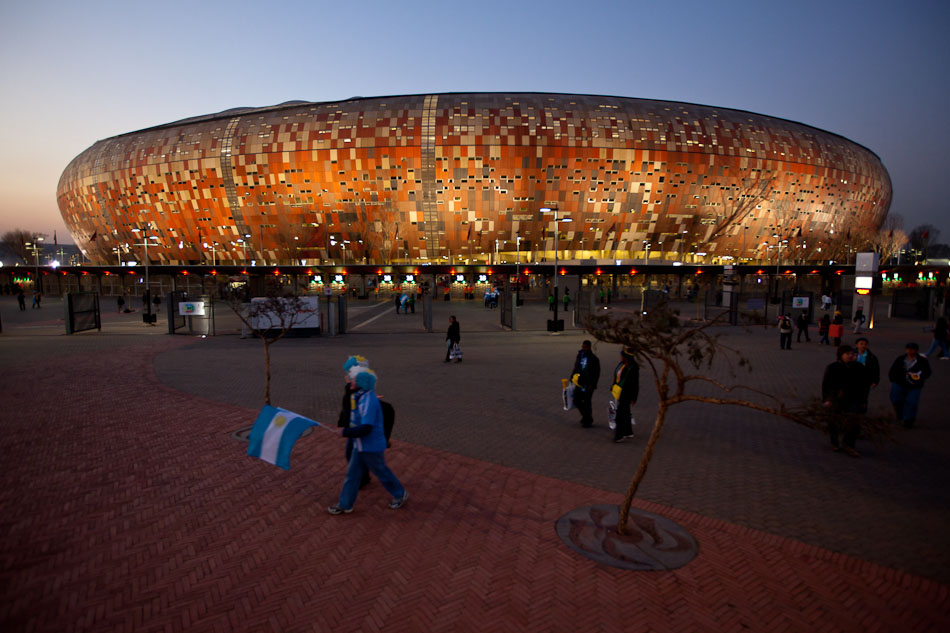
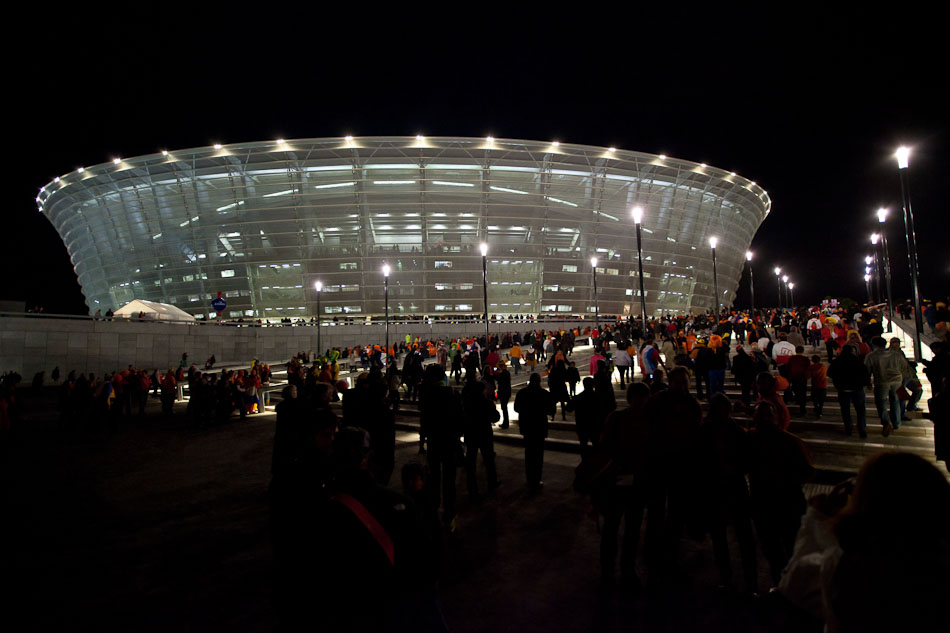
May 10, 2010 | Society, Travel
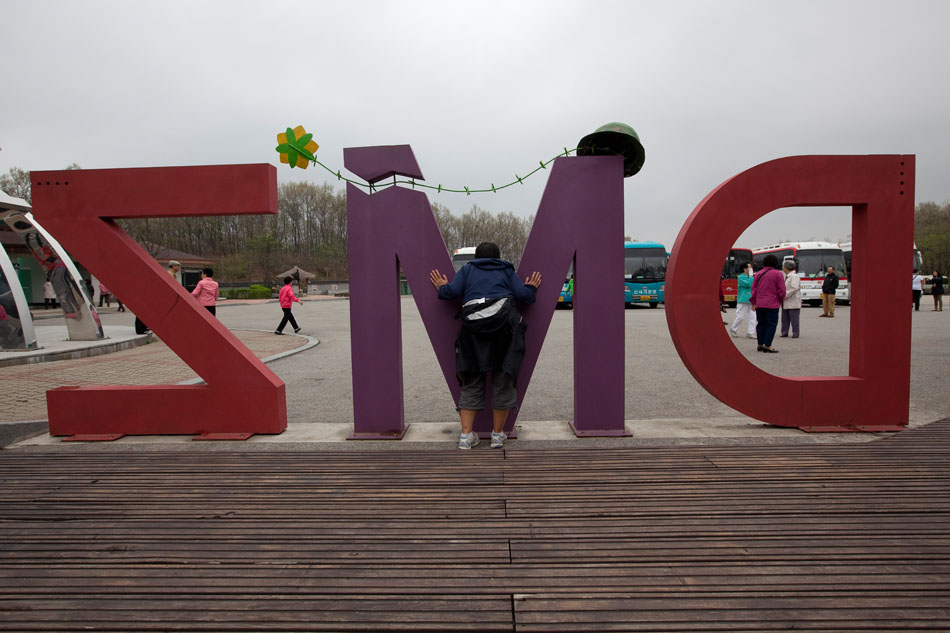
Easily the most heavily guarded border in the world, the Korean Demilitarized Zone (DMZ) with the Military Demarcation Line at its center marks the last line of engagement between North and South Korea when an armistice agreement ended open fighting in 1953. Since then the DMZ remains an open sore on the Korean peninsula and a constant reminder of the tenuous relationship between the ethnically bound but politically split countries. Although numerous incidents have taken the lives of military personal in the DMZ over the years, South Korea now heavily promotes the DMZ as a tourist destination within easy reach of Seoul. Domestic and international sightseers spend the day in the Joint Security Area within plain sight of North Korean guards before hitting up gift shops, the DMZ Pavilion, unearthed North Korean incursion tunnels and other noteworthy sites. Tours then end in Dorasan Station, a modern but unused train station built near the DMZ as a gesture by South Korea to express their wish for peaceful reunification. Such hopes continue to be set back, however, as South Korea is now blaming North Korea for the sinking of a naval ship in March that took the lives of 46 South Korean sailors.
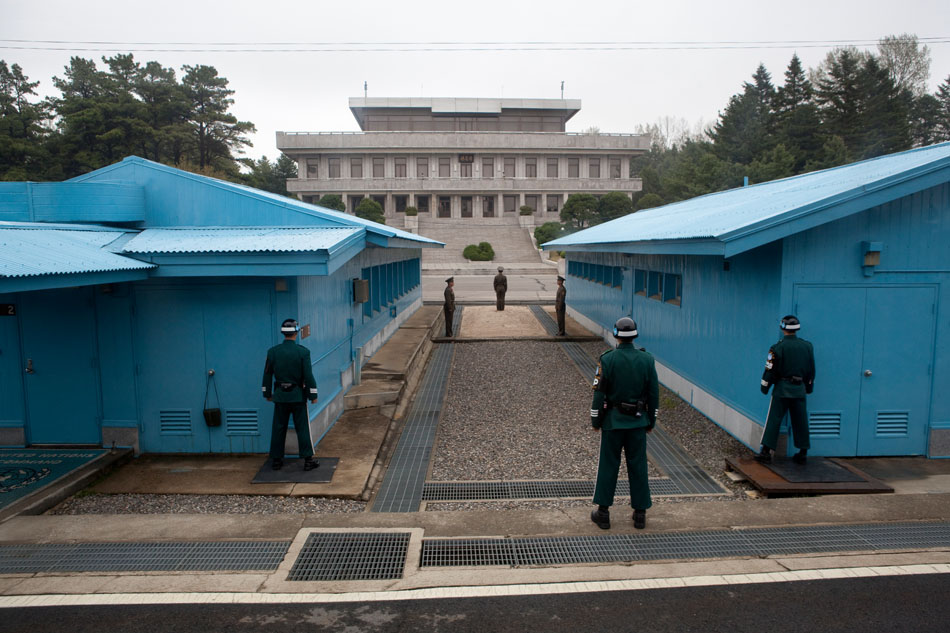
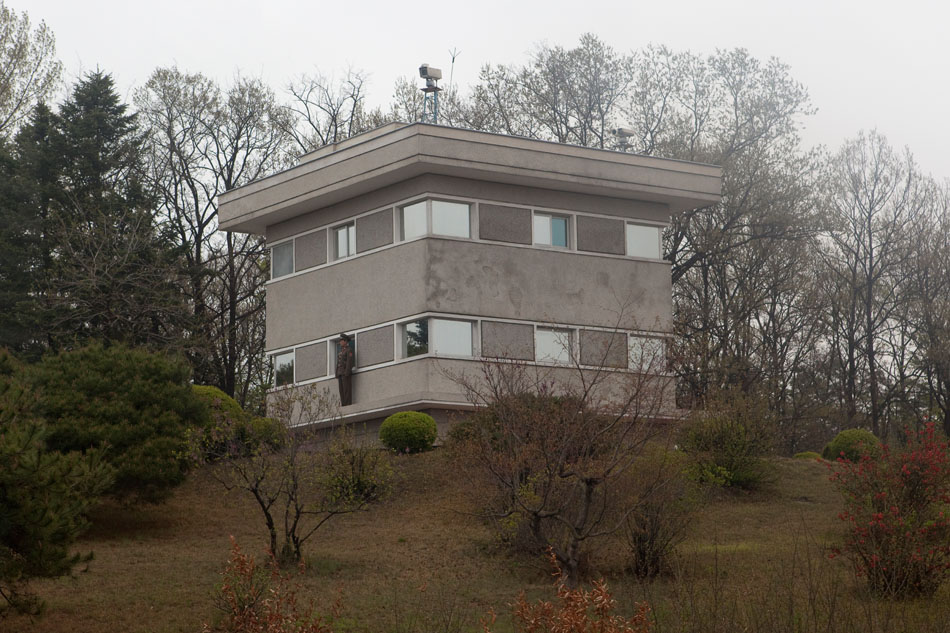
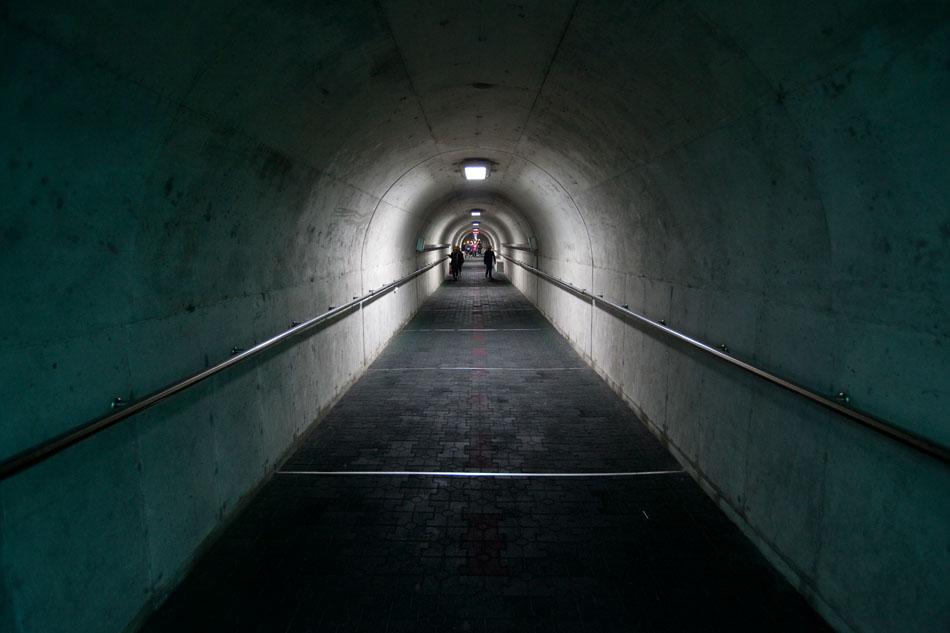
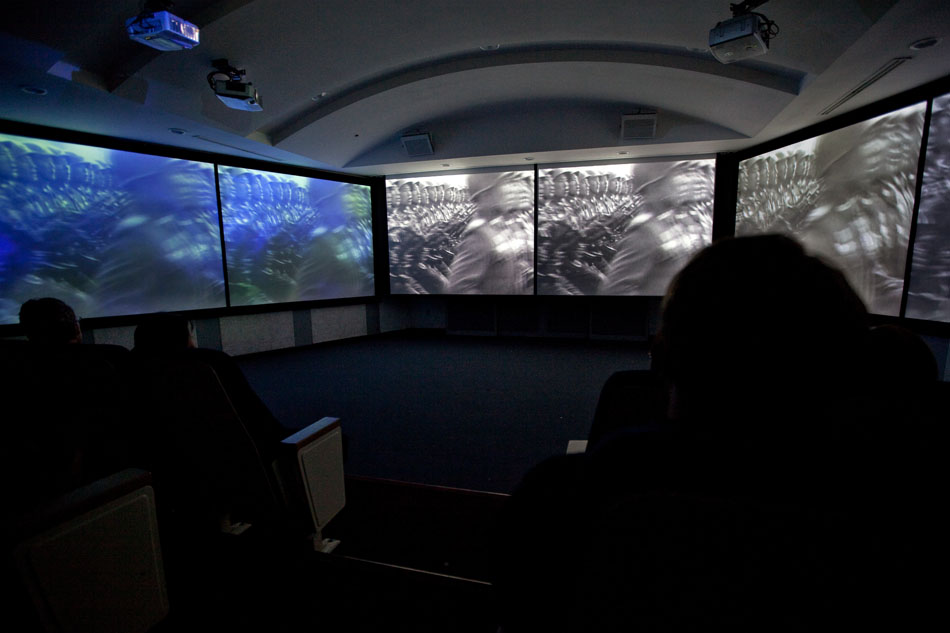
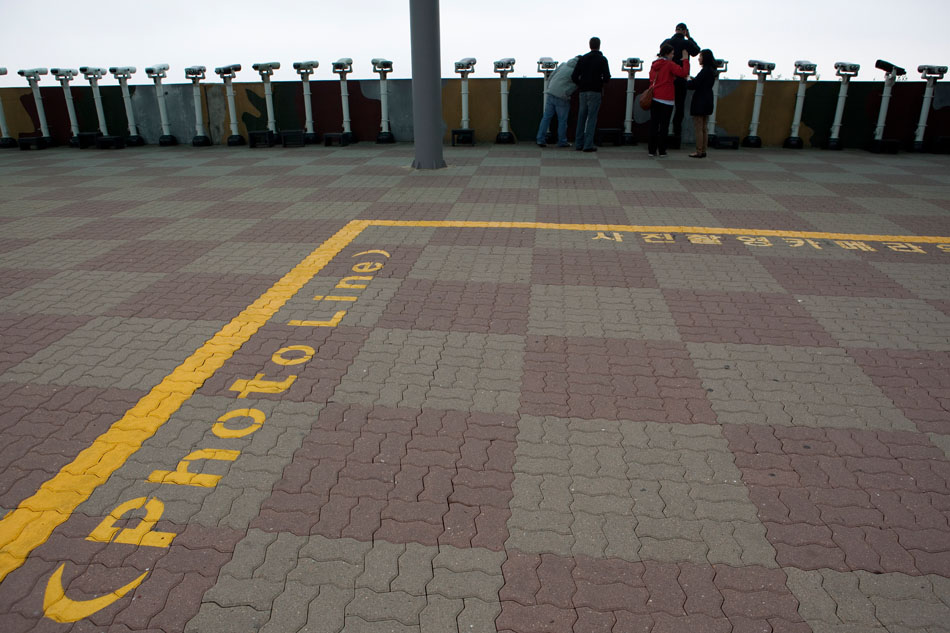
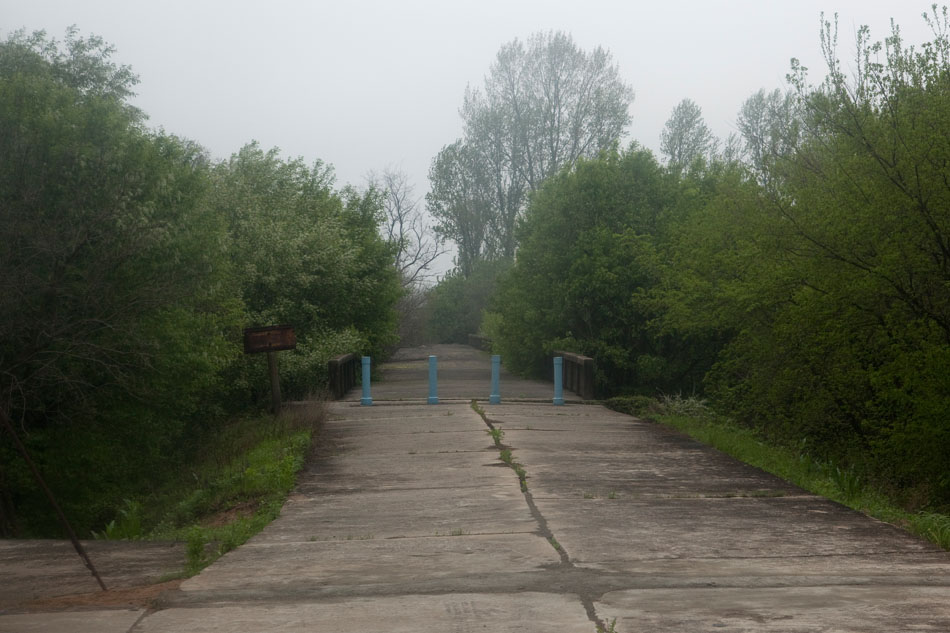
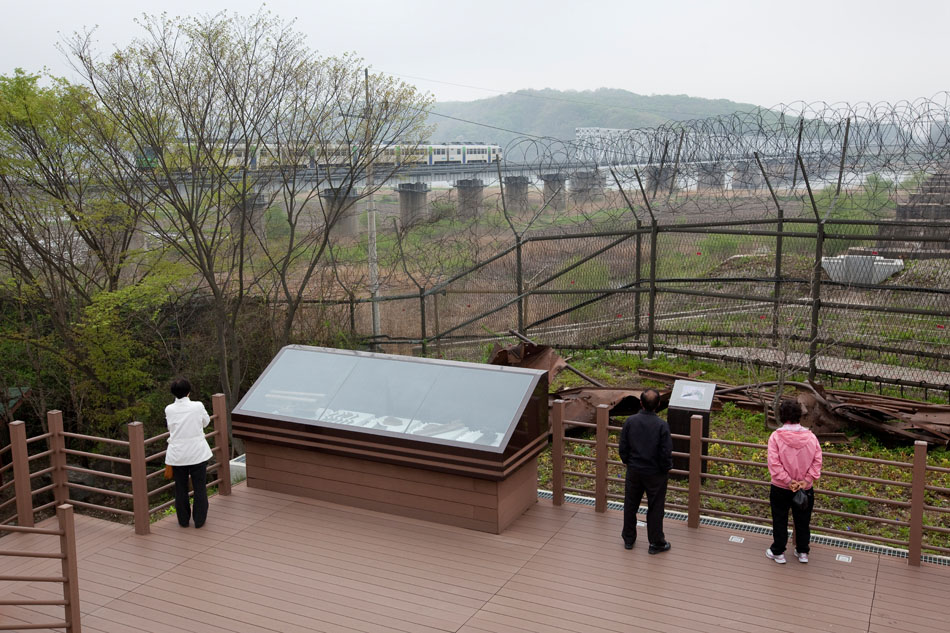
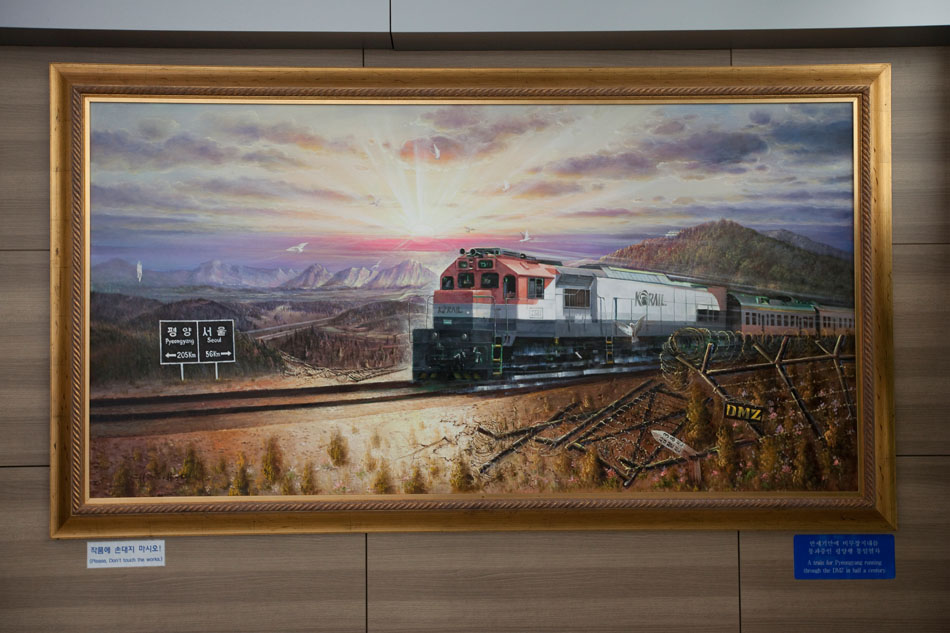
Feb 28, 2010 | Travel

As Sri Lanka emerges from decades of protracted civil war, it is now looking to take it’s position as a top tourist destination in Asia. I found it absolutely spectacular. Abounding with ancient Buddhist temples, highlands brimming with tea plantations, colorful local festivals, and spotless white sand beaches, there is an almost overwhelming number of adventures to choose from as well as excellent cuisine and friendly, inquisitive locals. It shouldn’t be too long before travelers rediscover this island paradise. Get there as soon as possible.
